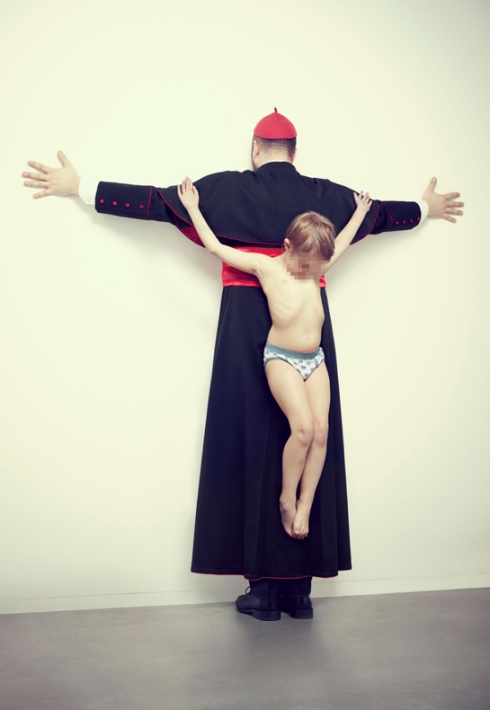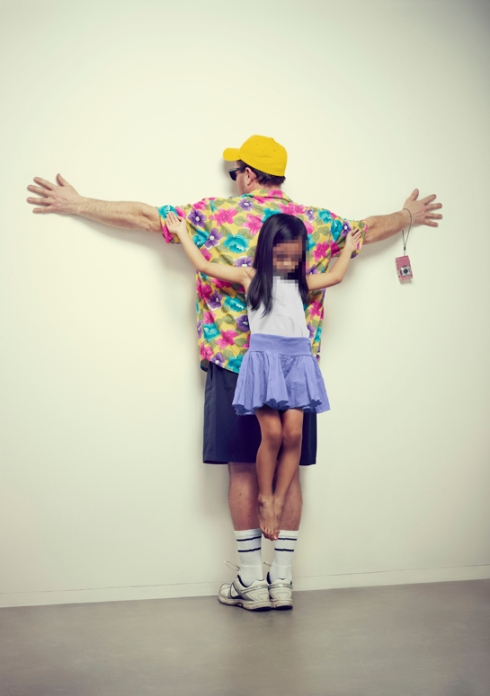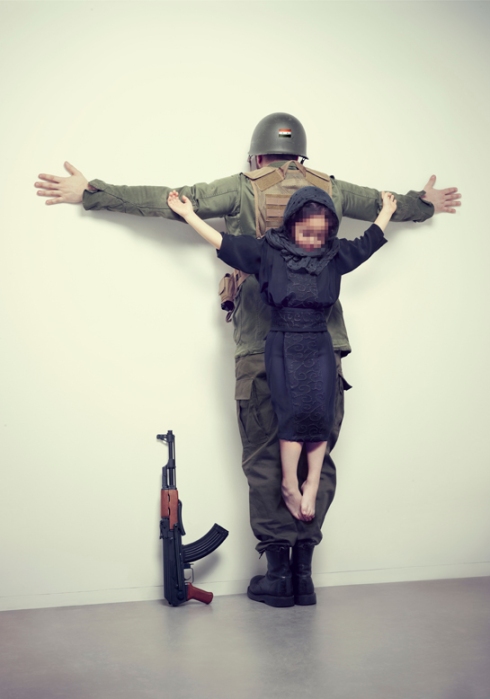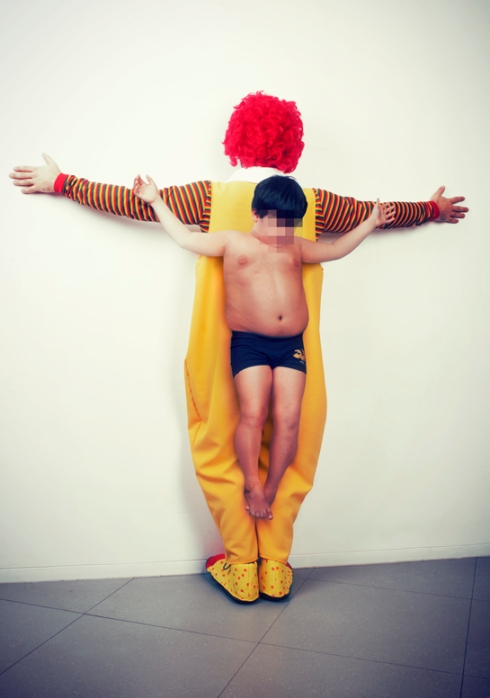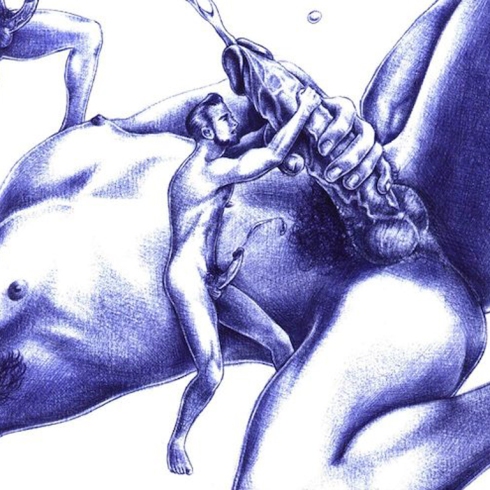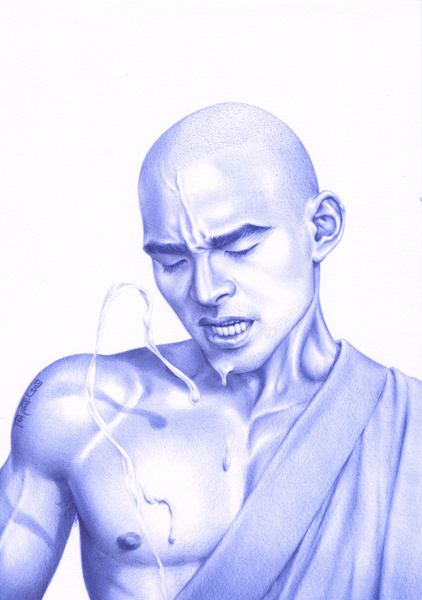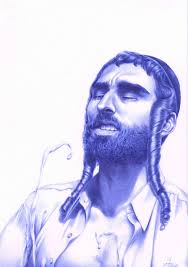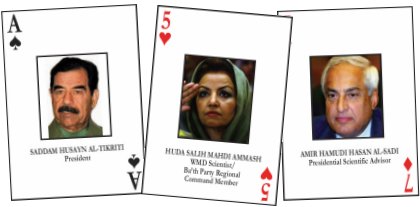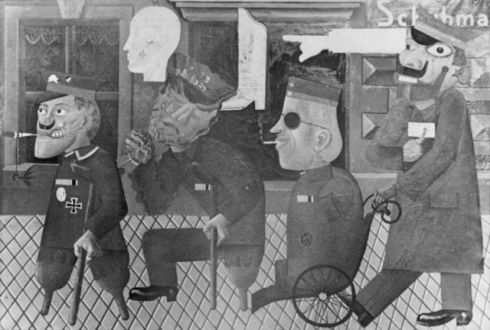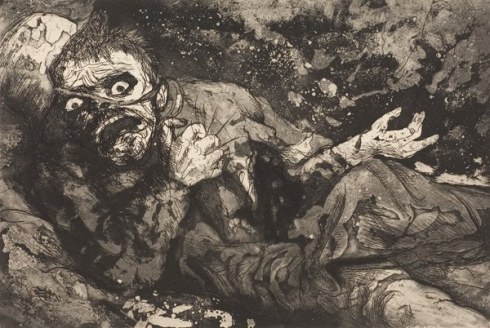“to fuse political purpose and artistic purpose into one whole”- George Orwell
• I finished reading the book I bought at the British Library last week. It is quite short so it didn’t take long to read.
• It is also deliberately simply written so it is easy for everyone to understand. (No matter the time that has past).
“I thought of exposing the Soviet myth in a story that could be easily understood by almost anyone and which could be easily translated into other languages.”
• Written at the end of 1943 but almost not published for its attack on Britain’s wartime ally Stalin. (The book reflects events leading up to the Russian Revolution of 1917 and then on into the Stalin era in the Soviet Union).
• The Ukrainian translation of ‘Animal Farm’ was intended for Ukrainians living in the camps for Displaced Persons in Germany under British and American administration after World War II. These were people who supported the October Revolution and who were determined to defend what had been won, but who had turned against ‘the counter-revolutionary Bonapartism of Stalin’ and the ‘Russian nationalistic exploitation of the Ukrainian people.’ They were simple people, peasants and workers, some half-educated, but all of whom read eagerly.
• an allegorical and dystopian novel
• A devastating satire of idealism betrayed by power and corruption.
• The novel addresses not only the corruption of the revolution by its leaders, but also the ways wickedness, indifference, ignorance, greed, and myopia corrupt the revolution. It portrays corrupt leadership as the flaw in revolution, rather than the act of revolution itself. It also shows how potential ignorance and indifference to problems within a revolution could allow horrors to happen if a smooth transition to a people’s government is not achieved.
